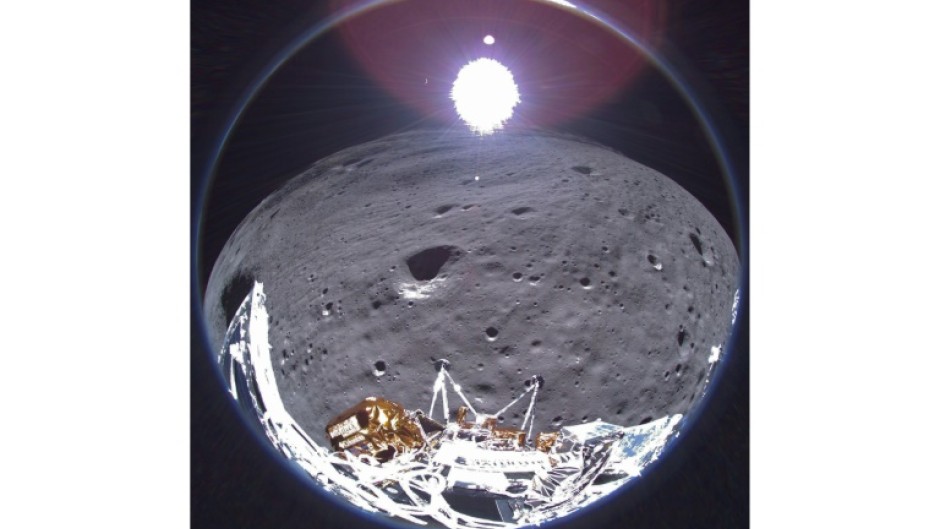HOUSTON - An uncrewed American lander that became the first private spaceship on the Moon sent its final image on Thursday before its power banks depleted, the company that built it said.
Houston-based Intuitive Machines posted a picture that was captured by Odysseus on February 22, the day it touched down near the south pole.
But the image was only received on Thursday. The company shared earlier that a wonky landing had left the vessel's antennas misaligned and unable to transmit at an optimal rate.
The photograph "showcases the crescent Earth in the backdrop, a subtle reminder of humanity's presence in the universe," said Intuitive Machines, which also achieved the first lunar touchdown by an American spaceship since the manned Apollo 17 mission in 1972.
"Goodnight, Odie. We hope to hear from you again," the company added, using a nickname for the spaceship that refers to the canine sidekick from the Garfield comic series.
The onset of the long lunar night means it will be another two or three weeks before flight controllers can attempt to awaken the vessel -- just as Japan's SLIM spaceship that landed upside down in January was resurrected this week -- but nothing is certain.
Odysseus' historic mission was hailed as a success by both the company and NASA, even as it ran into multiple problems along the way.
A failure in the lander's navigation system -- the result of a human error in omitting to toggle a laser safety switch before lift-off -- meant engineers had to improvise a fix, switching to an experimental NASA system intended only as a technology demonstration.
It came skidding down in its final seconds with too much horizontal velocity, resulting in one or two landing gear breaking and the vehicle coming to rest at an angle. In its latest update, Intuitive Machines said the tilt was about 30 degrees.
NASA is planning to return astronauts to the Moon later this decade, and paid Intuitive Machines around $120-million for the mission, as part of an initiative to delegate cargo missions to the private sector and stimulate a lunar economy.

